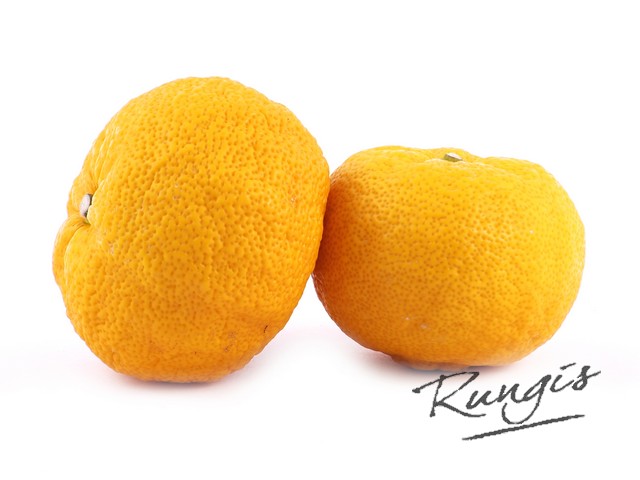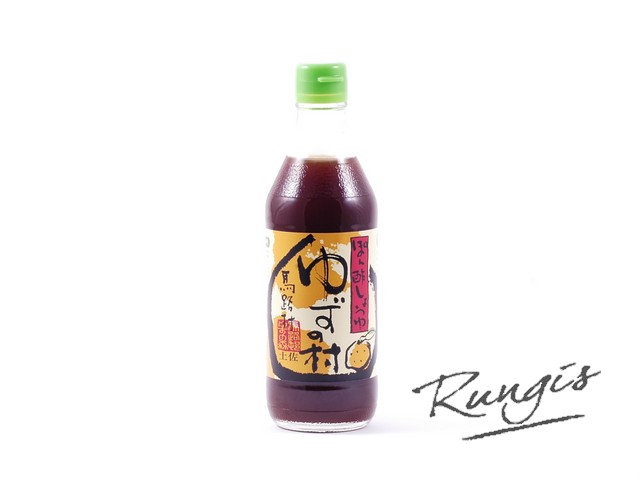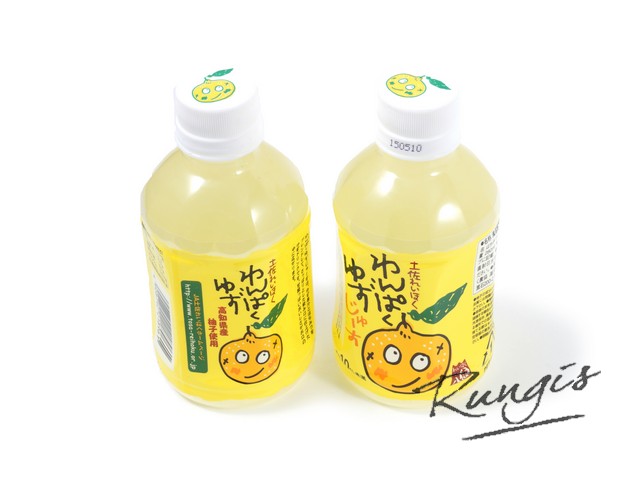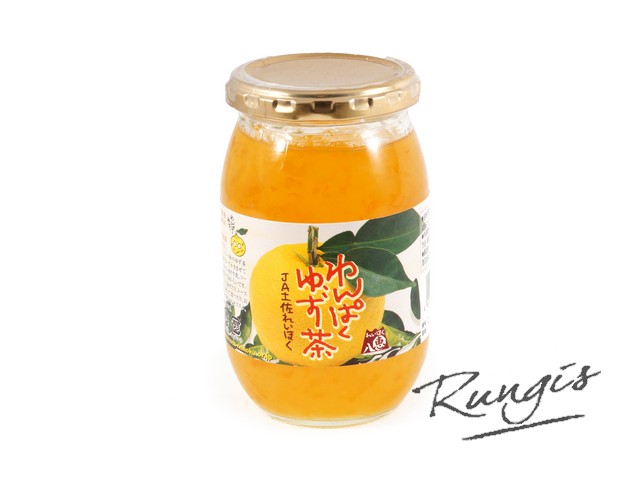Chef Tomikawa: 'The one and only yuzu comes from Japan'
If there’s one expert of yuzu, then it’s Masanori Tomikawa. The executive chef of Restaurant Yamazato, at Hotel Okura Amsterdam, is glad the season of the Japanese yuzu has begun.
How much fresh yuzu do you use in a week?
With an contagious laugh: ‘that’s an easy question: a lot! It depends on the season. During the summer the yuzu is still small and green and has a different taste. November till February is the best season. That’s when we also remove the caps and use the empty fruits as a bowl to serve. For example with fish or miso.’
Why is the yuzu that Rungis gets from Japan so special?
‘In our restaurant we cook according to the traditional Japanese kaiseki cuisine which strictly follows the seasons. The winter has its own recurrent ingredients; yuzu is one of them. The spicy and fresh aromas and its subtle taste gives a dish that something extra. Not just because of the juice, but also because of the essential oils in the skin. In Japan they use the fruit when they have a cold; together with some honey. My mother used yuzu against a dry skin. And it appears to be good for your blood circulation.’
How do you use yuzu?
‘With grilled fish, and very important, in dashi broth and miso paste. Daikon radish with miso sauce is amazing with yuzu. We use the zest for countless preparations and in many dishes. And we use the juice for sauces. A few drops? Haha, well, some more!’
What’s the difference with other citrus fruits?
‘Yuzu sometimes gets compared to pomelo, but the taste is completely different. And it also doesn’t comes close to a mandarin; you never eat the peel from a mandarin but the fruit itself. We only use the peel and juice from the yuzu.’
Can you compare the Japanese yuzu with the ones from Spain?
‘Use your nose: the scent tells you everything, especially when you cut the fruit open. Valencia has a very different climate than the Kochi prefecture on the Japanse island of Shikoku. There the fruit grows on spiky trees in a mountain area with large temperature difference between day and night. It’s a different type of fruit as well. Use your eyes: Most of the time the Spanish yuzu is damaged. In Japan they do anything to ensure the yuzu remains perfectly, even with its fragile, lumpy and often loose skin. Japanese people attach more value on the vegetables and fruit they grow. Everything has the same size and the same quality.’
Yuzu is originally from China. Why isn’t yuzu popular over there?
‘I have absolutely no idea. I only know that Japanese people love yuzu, both fresh and shichimi togarashy, a seven spice powder that contains dries yuzu and for example, yuzu kosho, chili pepper with yuzu flavor.’
Do European chefs know what they can do with yuzu?
‘Meanwhile they do; the yuzu gets more and more popular in Europe since Ferran Adrià from elBulli started working with it, followed by other famous French chefs. Our own chef Onno Kokmeijer (from Okura’s other star restaurant Ciel Bleu – ES) uses it as well. But in a different way: in macaroons and ice. I enjoy that. Sometimes i have to get used to it, but i’m glad that chefs have come to appreciate Japanese products.’
Text: ellenscholtens.nl






